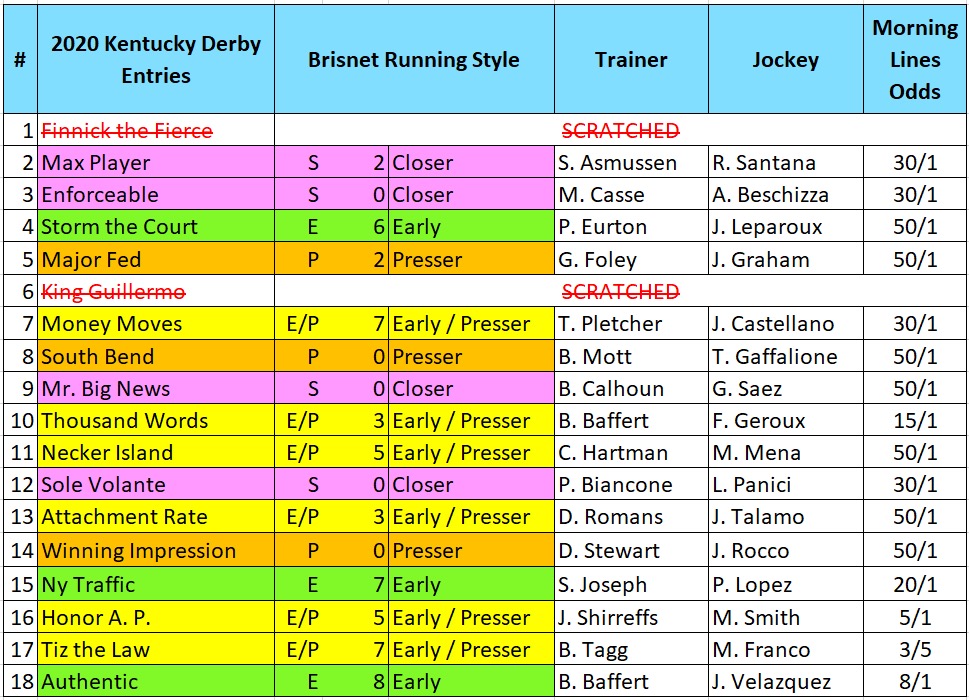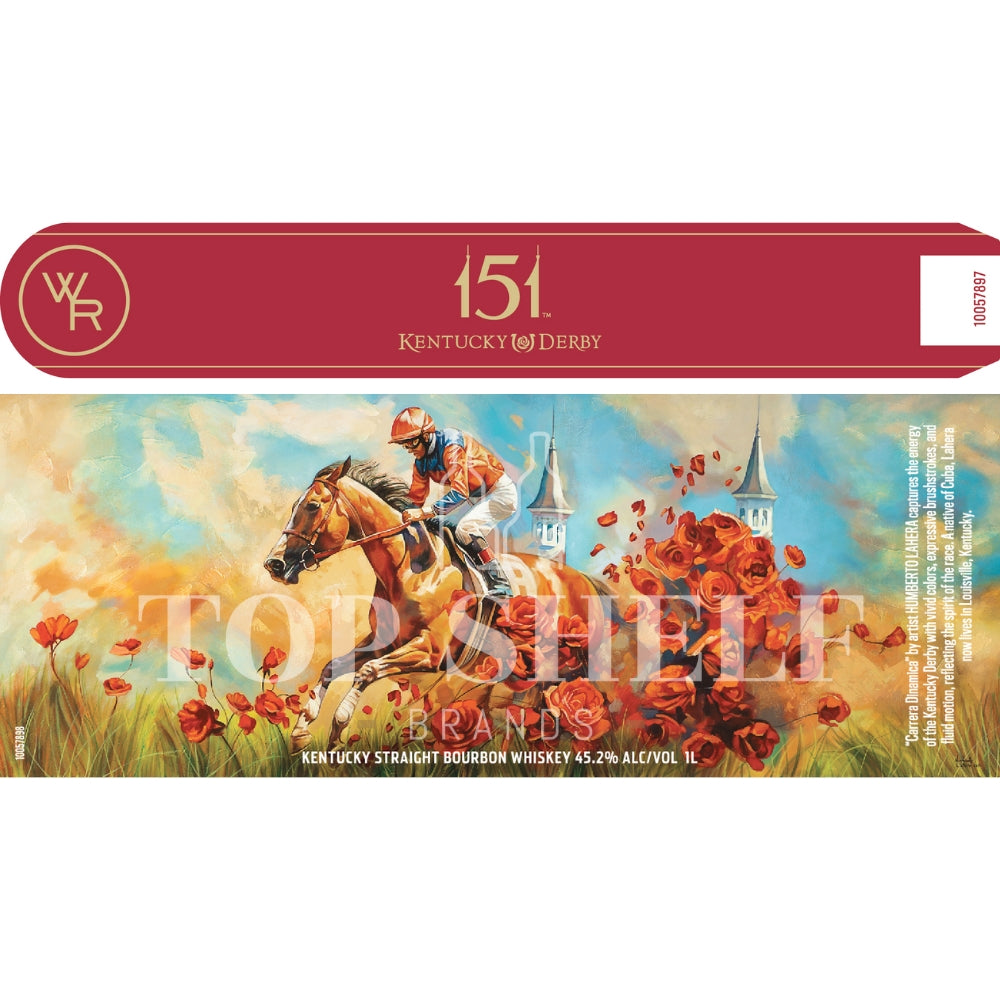A Critical Look At The Count Of Monte Cristo: Strengths And Weaknesses

Table of Contents
Alexandre Dumas's The Count of Monte Cristo remains a captivating adventure novel, enthralling readers for generations. However, a critical examination reveals both remarkable strengths and undeniable weaknesses in its construction and execution. This article will delve into these aspects, analyzing the novel's enduring appeal alongside its shortcomings, providing a balanced perspective on this classic tale of revenge and redemption.
<h2>The Strengths of The Count of Monte Cristo</h2>
<h3>Compelling Narrative and Plot</h3>
The Count of Monte Cristo boasts a meticulously crafted plot that keeps readers hooked from beginning to end. The intricate web of revenge, woven with precision by Edmond Dantès, is the novel's driving force.
- Intricate plot twists and turns: The narrative is filled with unexpected turns and revelations, constantly surprising the reader and maintaining suspense. The sheer complexity of Edmond's plan, and the way it unfolds, is a testament to Dumas's storytelling prowess. Readers are left guessing until the very end, wondering how Edmond will outsmart his enemies.
- Satisfying resolution (mostly): While some might argue that certain plot threads are left unresolved, the overall sense of justice served is undeniably satisfying. The downfall of Fernand Mondego, Danglars, and Villefort provides a cathartic experience for the reader, mirroring the long-awaited triumph of Edmond. The detailed depictions of their suffering offer a form of poetic justice.
- Fast-paced action and adventure: Dumas masterfully blends elements of adventure, romance, and political intrigue, creating a consistently thrilling pace. From daring escapes from prison to thrilling sword fights and daring heists, the novel is packed with action that keeps the reader engaged. The diverse settings, from the dark depths of the Chateau d'If to the glittering salons of Parisian high society, further enhance this sense of adventure.
<h3>Memorable Characters</h3>
The characters of The Count of Monte Cristo are arguably its greatest strength. They are vivid, complex, and memorable, contributing significantly to the novel's enduring popularity.
- Edmond Dantès's transformation: The protagonist's journey from a naive and optimistic young sailor to the cunning and powerful Count of Monte Cristo is a compelling study of character development. His transformation is not simply a matter of acquiring wealth and power; it’s a profound shift in his personality, shaped by injustice and a thirst for revenge.
- Vivid villains: Fernand Mondego, Danglars, and Villefort are not just antagonists; they are complex, compelling villains with understandable motivations, even if their actions are deplorable. Their flaws and weaknesses make them believable and memorable, adding depth to the narrative. Their eventual comeuppance is both satisfying and believable within the context of the story.
- Complex supporting cast: Beyond the main characters, the novel is populated by a rich cast of supporting characters, each with their own unique personalities and motivations. These characters add depth and complexity to the story, enriching the narrative and making the world of The Count of Monte Cristo feel truly alive. Characters like Haydée and Mercedes contribute significant emotional weight to the story.
<h3>Themes of Justice, Revenge, and Redemption</h3>
The Count of Monte Cristo explores profound themes that resonate with readers even today. These themes add layers of complexity to the seemingly straightforward revenge plot.
- Exploration of moral ambiguity: The novel doesn't shy away from exploring the moral complexities of revenge. While Edmond's actions are driven by a desire for justice, the novel raises questions about the ethical implications of revenge and the potential for it to corrupt even the most righteous individuals.
- The seductive nature of power: The Count's acquisition of immense wealth and power provides a fascinating study of its corrupting influence. The novel demonstrates how power can warp one's judgment and lead to questionable decisions, even in the pursuit of a just cause.
- The possibility of redemption: Despite the dark themes of revenge and betrayal, The Count of Monte Cristo offers glimmers of hope, suggesting the possibility of redemption even for those who have inflicted great harm. While this redemption is not universally applied, its presence adds a layer of nuance to the narrative.
<h2>The Weaknesses of The Count of Monte Cristo</h2>
While possessing significant strengths, The Count of Monte Cristo also suffers from certain weaknesses that detract from the overall reading experience.
<h3>Length and Pacing Issues</h3>
The sheer length of the novel, and inconsistencies in pacing, are recurring criticisms.
- Overly long and meandering plotlines: The novel's extensive length, while allowing for a detailed exploration of its themes and characters, can sometimes feel excessive. Certain subplots feel unnecessary and drag on, interrupting the momentum of the main narrative. The sheer number of characters and locations contributes to this feeling of length.
- Inconsistent pacing: The narrative's pace fluctuates considerably. Some sections move at a breakneck speed, while others feel sluggish and unnecessarily drawn-out. This uneven pacing can disrupt the reader's immersion in the story.
- Too many characters: While the large cast of characters adds depth, it also makes it challenging for some readers to keep track of everyone and their relationships to the main plot. This can lead to confusion and a sense of being overwhelmed.
<h3>Stereotypical Characters and Melodrama</h3>
Certain aspects of character development and narrative style hinder the novel.
- One-dimensional characters: Some supporting characters feel underdeveloped and stereotypical, lacking the depth and complexity of the central figures. This contrasts with the richly developed main characters, creating an imbalance in the overall characterization.
- Over-the-top melodrama: The novel occasionally descends into melodrama, particularly in its depiction of romance and revenge. This can feel excessive and detract from the overall believability of the narrative. The heightened emotions, while effective at times, can become overwhelming.
- Lack of nuance in character development (sometimes): The stark contrast between good and evil, with limited gray areas in character morality, can feel simplistic compared to the complexities of human nature explored in more nuanced literature.
<h3>Unrealistic Aspects of the Plot</h3>
The plot relies on coincidences and convenient plot devices that strain credulity.
- Implausible coincidences: The novel relies heavily on improbable coincidences that are crucial to driving the plot forward. These coincidences often feel contrived and undermine the sense of realism. The sheer number of fortunate events for Edmond stretches the reader's suspension of disbelief.
- Convenient plot devices: Certain plot devices feel manufactured, introduced solely to further the narrative rather than arising organically from the story's internal logic. This can disrupt the flow and believability of the plot.
- Suspension of disbelief: Readers often need to suspend disbelief to a significant degree to accept some of the novel's more outlandish aspects. While this is common in adventure fiction, the frequency of these moments in The Count of Monte Cristo can be distracting.
<h2>Conclusion</h2>
The Count of Monte Cristo remains a compelling read despite its flaws. Its strengths lie in its captivating narrative, memorable characters, and exploration of timeless themes of revenge, justice, and redemption. However, its weaknesses, particularly concerning length, pacing, and the occasional melodrama, cannot be ignored. Ultimately, a balanced appreciation of The Count of Monte Cristo necessitates a critical engagement with both its triumphs and its shortcomings. Are you ready to delve deeper into the complexities of this classic novel and form your own opinion on The Count of Monte Cristo?

Featured Posts
-
 Nervous Childs Bgt Exit What Happened Live On Air
May 04, 2025
Nervous Childs Bgt Exit What Happened Live On Air
May 04, 2025 -
 Did Anna Kendrick Diss Blake Lively At The A Simple Favor Movie Premiere
May 04, 2025
Did Anna Kendrick Diss Blake Lively At The A Simple Favor Movie Premiere
May 04, 2025 -
 Britains Got Talent Dealing With Anxiety On A Big Stage
May 04, 2025
Britains Got Talent Dealing With Anxiety On A Big Stage
May 04, 2025 -
 Report Sydney Sweeneys Wedding To Jonathan Davino Called Off Due To Unresolved Issues
May 04, 2025
Report Sydney Sweeneys Wedding To Jonathan Davino Called Off Due To Unresolved Issues
May 04, 2025 -
 Tony Todds Final Destination Bloodlines Role A Look Back
May 04, 2025
Tony Todds Final Destination Bloodlines Role A Look Back
May 04, 2025
Latest Posts
-
 Kentucky Derby 2025 Pace Prediction Key Horses And Their Impact
May 05, 2025
Kentucky Derby 2025 Pace Prediction Key Horses And Their Impact
May 05, 2025 -
 The 2025 Kentucky Derby Pace Scenarios And Their Implications
May 05, 2025
The 2025 Kentucky Derby Pace Scenarios And Their Implications
May 05, 2025 -
 Examining The 2025 Kentucky Derby Anticipating The Winning Pace
May 05, 2025
Examining The 2025 Kentucky Derby Anticipating The Winning Pace
May 05, 2025 -
 Kentucky Derby 2025 Factors Influencing The Race Pace
May 05, 2025
Kentucky Derby 2025 Factors Influencing The Race Pace
May 05, 2025 -
 Colonial Downs Stones Big Announcement The Virginia Derby Is Coming
May 05, 2025
Colonial Downs Stones Big Announcement The Virginia Derby Is Coming
May 05, 2025
